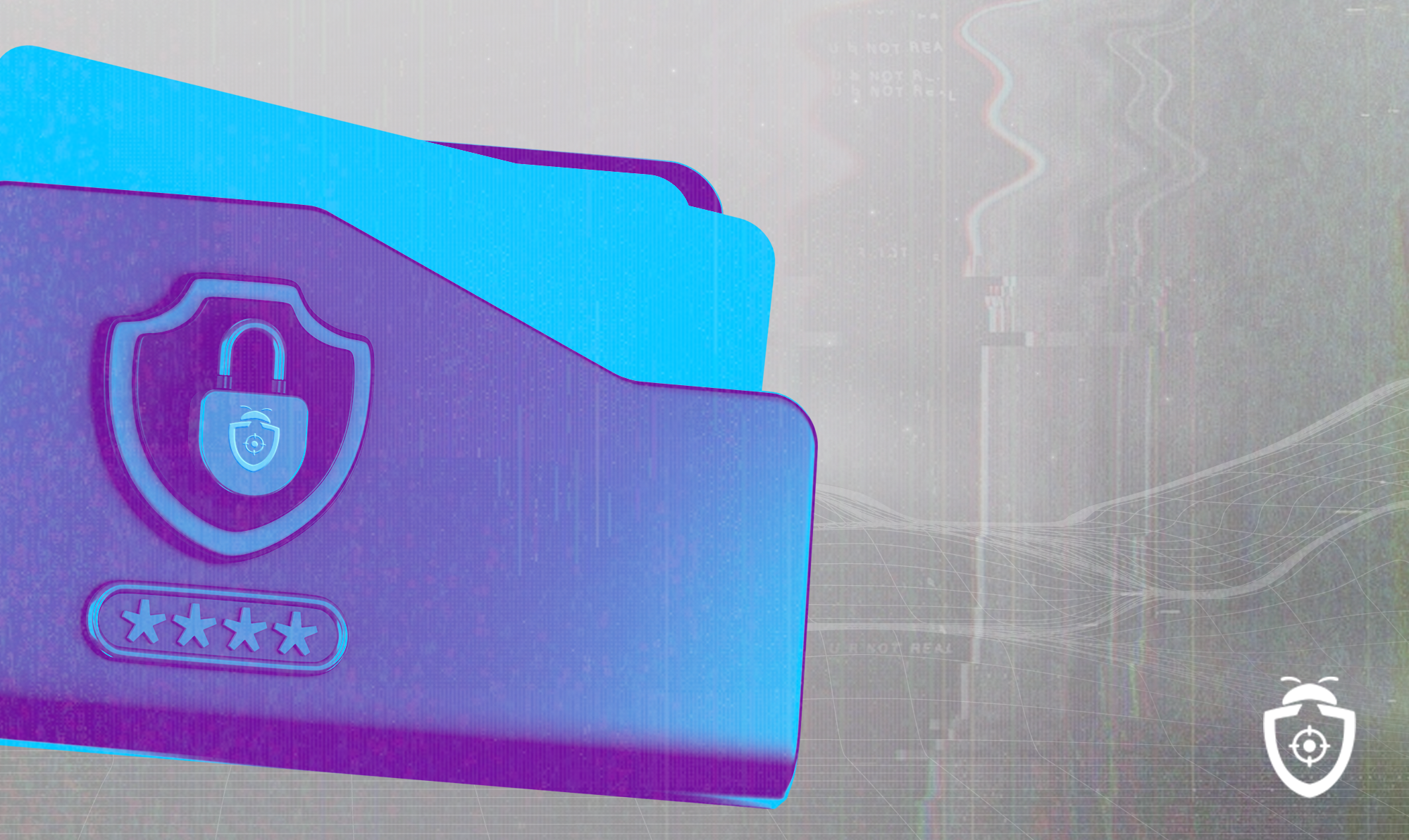The 5 Best Database Security Practices

Database security is a constant concern for any organization that handles sensitive information.
In the digital world, where data is the new oil, adopting best practices to protect stored data becomes even more crucial, especially with the rise in cyber threats.
To give you an idea, a global study conducted by the IEEE - Institute of Electrical and Electronic Engineers reveals that in 2024, there is a projected 37% increase in ransomware attacks, 35% in phishing attacks, and 26% in insider threats. A worrying scenario, right?!
With that in mind, in this article, we will explore the five best database security practices that can help keep your information secure. Check them out!
What is Database Security?
Before diving into the tips, let’s understand what database security is. In short, it’s a set of measures and practices aimed at protecting the confidentiality, integrity, and availability of data stored in a database.
But why is database security so important?
First, as mentioned, it protects the privacy and confidentiality of users’ and customers' data. Second, it helps ensure compliance with data protection regulations and laws, such as LGPD (General Data Protection Law in Brazil). Third, a security breach can lead to reputational damage, financial loss, and legal disputes for the organization.
Read also:
How data theft occurs and how to protect yourself
5 Database Security Practices
Now that we’ve explained what database security is and its importance, let’s dive into the best practices:
1. Regular Software Updates
Keeping your database software up-to-date is essential for ensuring security. These frequent updates typically include security patches that fix known vulnerabilities, and neglecting them can leave your database exposed to attacks.
So, make sure to implement a regular and automated update process to keep your system always protected.
2. Granular Access Control
Access control is one of the cornerstones of database security. By implementing granular access control, only authorized users can access the specific data they need to perform their duties.
This reduces the risk of unauthorized access and helps protect your data from leaks.
3. Data Encryption
Encryption is a powerful technique for protecting sensitive data stored in a database.
By encrypting the data, even if an attacker gains access, it will be unreadable without the proper decryption key. However, it’s important to use encryption not only for data at rest but also during transmission, providing an additional layer of security.
4. Data Backup and Recovery
Having a comprehensive data backup and recovery plan is essential.
In the event of a system failure, human error, or cyberattack, regular backups ensure that you can restore your data without significant loss. Additionally, regularly test your recovery procedures to ensure they work as expected.
5. Monitoring for Suspicious Activity
Proactive monitoring of suspicious activity enables the detection and anticipation of threats, allowing for a swift and effective response to protect the data.
Thus, implement monitoring systems that can alert you to unusual access patterns or suspicious activities, and consider a reward program like Bug Bounty programs to ensure your systems are constantly and regularly tested.
For those unfamiliar, Bug Bounty is a cybersecurity solution that helps companies identify vulnerabilities. It works as a reward program where a community of experts searches for flaws in websites, systems, and products continuously and regularly.
The Importance of Creating Information Security Policies
In addition to the measures mentioned, as an extra tip, it’s critical to create and implement clear and comprehensive information security policies within the organization, especially in times of hybrid and remote work. This includes building a strong security culture, established through awareness, responsibility, and commitment from all members of the organization, from leadership to employees at all levels.
However, make sure that all the basic principles mentioned are followed, mitigating the risks of security breaches and protecting the integrity of your data.
Did you enjoy this topic? On the BugHunt blog, you’ll find more content on practical cybersecurity measures!

